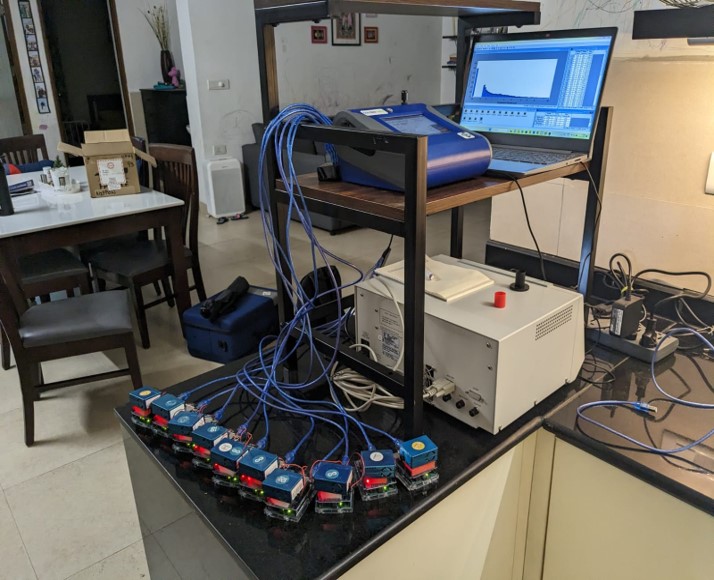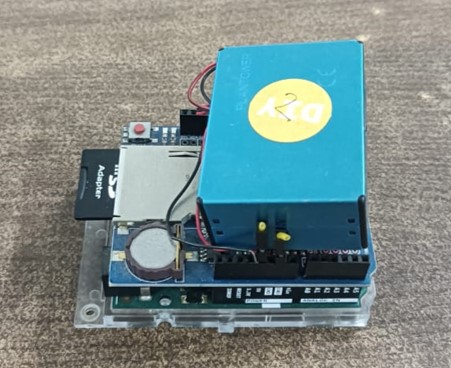STORY CREDITS
Writer: Vasudha Chatterjee
Photo: IITGN Photos
Following a week of torrential rainfall in Gujarat, as September announces its pleasant arrival, the people await in anticipation, the ‘better’ part of the year. The part of the year sans the scorching summer heat, frequent ORS intakes, and rampant heat strokes. While the winter provides respite from the ailments of the summer, it exacerbates the omnipresent mess of air pollution, distressing people from every corner of the country, especially those residing in urban areas. Several studies have focused on its menacing impact, underlining a variety of causes leading to its proliferation. These studies however, have mostly emphasised on outdoor air pollution, thereby neglecting its presence in our indoor environments. Lack of studies on indoor air pollution in urban India hampers our understanding of the pollutants’ source, transport, transformation, and fate.
In a recent study on indoor air pollution (IAP), Prof. Sameer Patel, Assistant Professor, Civil Engineering (Jointly with Chemical Engineering), IIT Gandhinagar, along with Alok Kumar Thakur, PhD Scholar, IIT Gandhinagar, have investigated its severity in a 146 m2 residential apartment in Gandhinagar, attempting to develop strategies for its effective mitigation. Their research includes spatio-temporal monitoring of particulate matter (PM) to analyse emission sources, transport metrics, spatial exposure, I/O ratios (indoor-to-outdoor ratios) and the efficacy of various mitigation measures in curbing its intensity. A network of ten low-cost air quality monitors (LCAQMs) and research-grade instruments were used to determine the concentrations of particulate matter (PM) in different parts of the apartment complex.


The study found the presence of sub-micron particles due to cooking and incense burning. Furthermore, the indoor-to-outdoor (I/O) ratios increased significantly during cooking, with the kitchen having the highest ratio and the bedroom the lowest. It was also observed that air conditioners (AC) accelerated the transport of pollutants from the kitchen to the bedrooms. Interestingly, the I/O ratios dropped significantly at night when the balcony doors were closed, indicating the apartment’s protective role against outdoor PM. Besides evaluating the path of these particles, the study also investigated the role of natural ventilation, portable air cleaners (PACs), and ACs in curbing indoor air pollution. Amongst the tested mitigation measures, the portable air cleaner with a HEPA filter was found to be the most effective.
While this study adds value to the existing discourse on indoor air pollution, its limited geographical purview invites further speculation, as findings may vary with different apartments, weather conditions and occupant behaviors. Noting the importance of such a study, Prof. Patel notes “with ambient or outdoor air pollution not subsiding in the foreseeable future, using indoor environments as a shield against outdoor pollutants is a good idea. However, the same indoor environment can trap indoor pollutants, leading to high exposure. Therefore, appropriate mitigation strategies must be deployed in indoor spaces to reduce our exposure to harmful pollutants.”
This article has been covered by some of the leading national and local media agencies. Click on the links below to read more:

